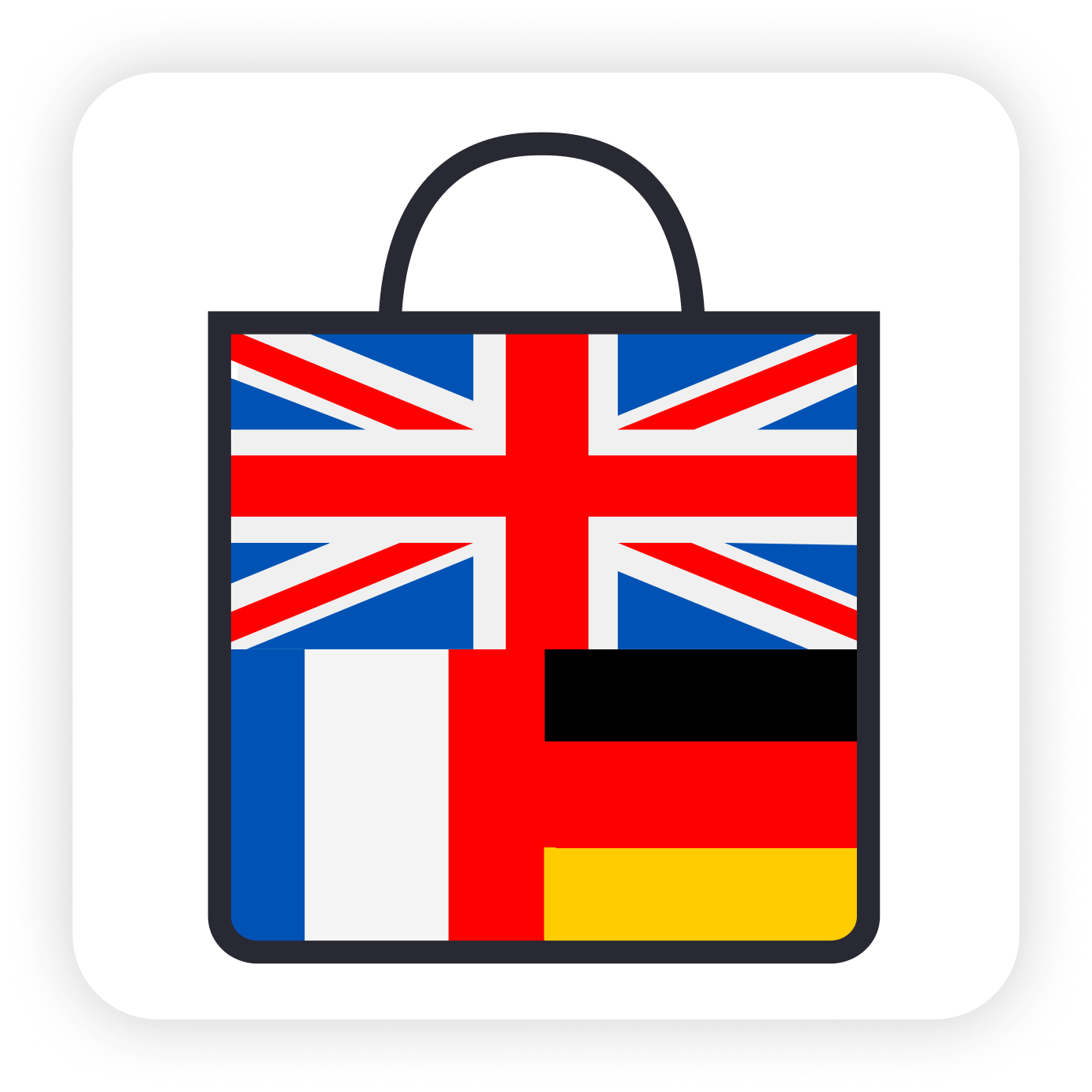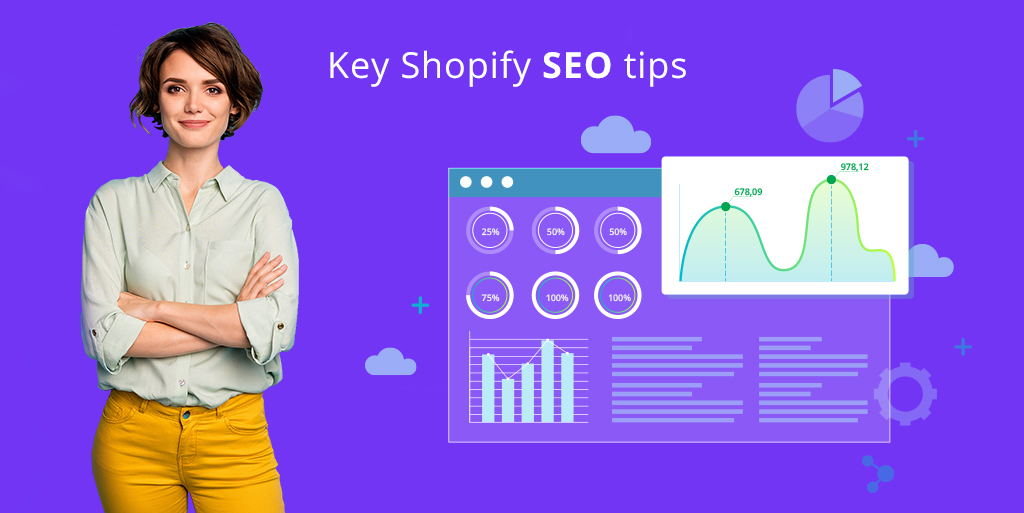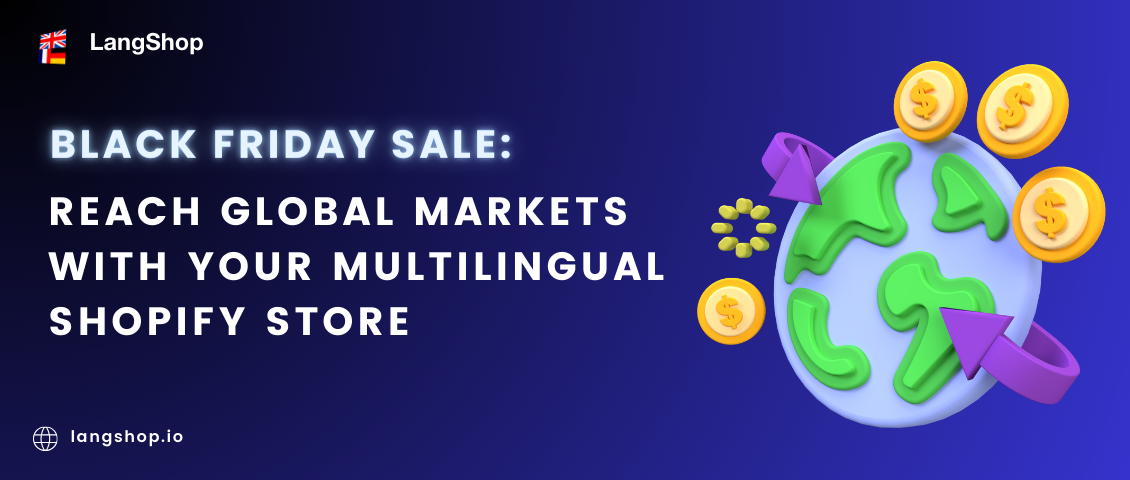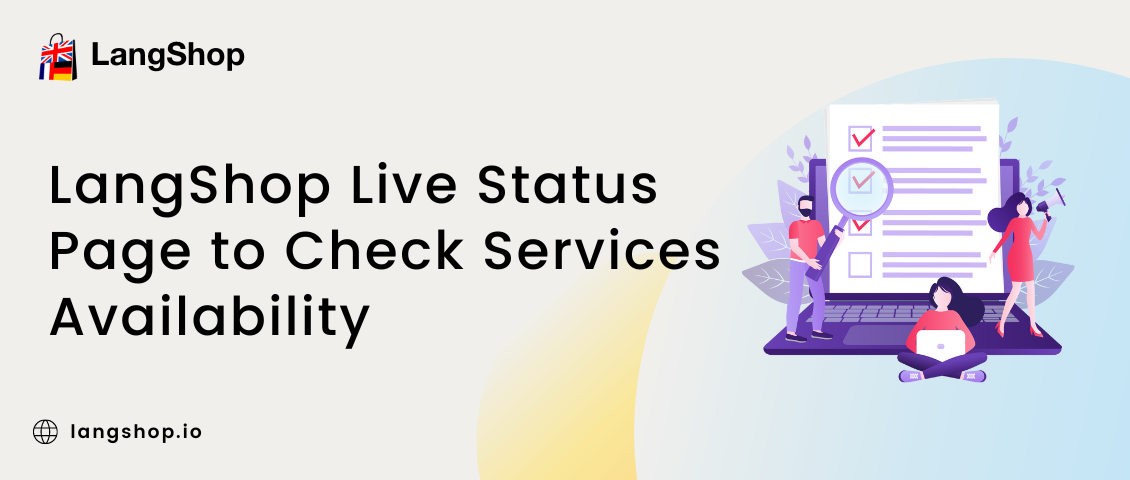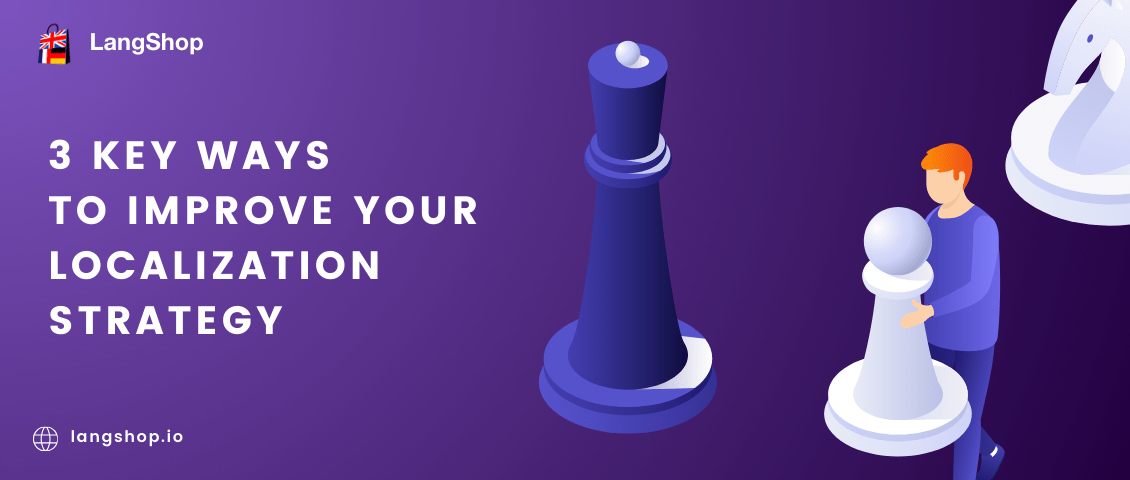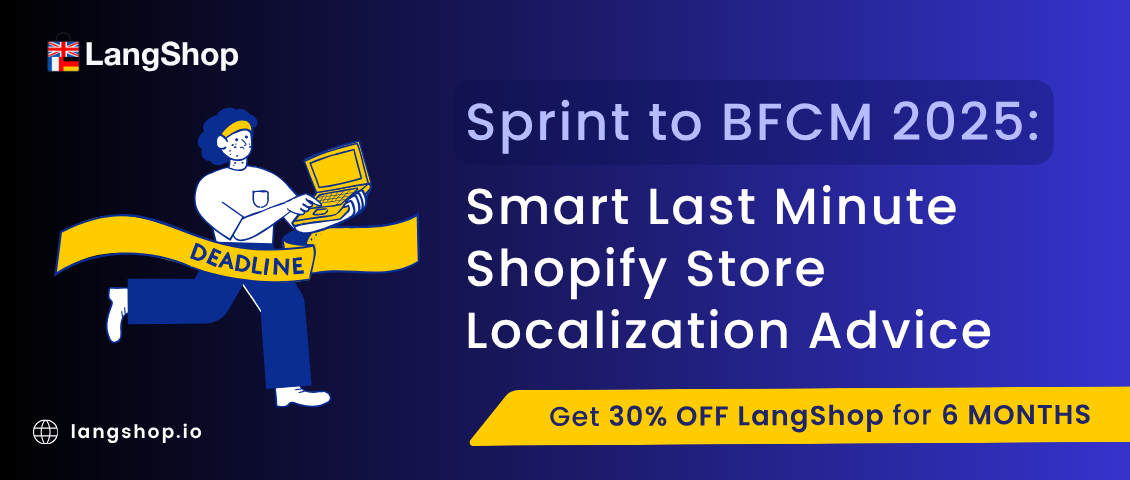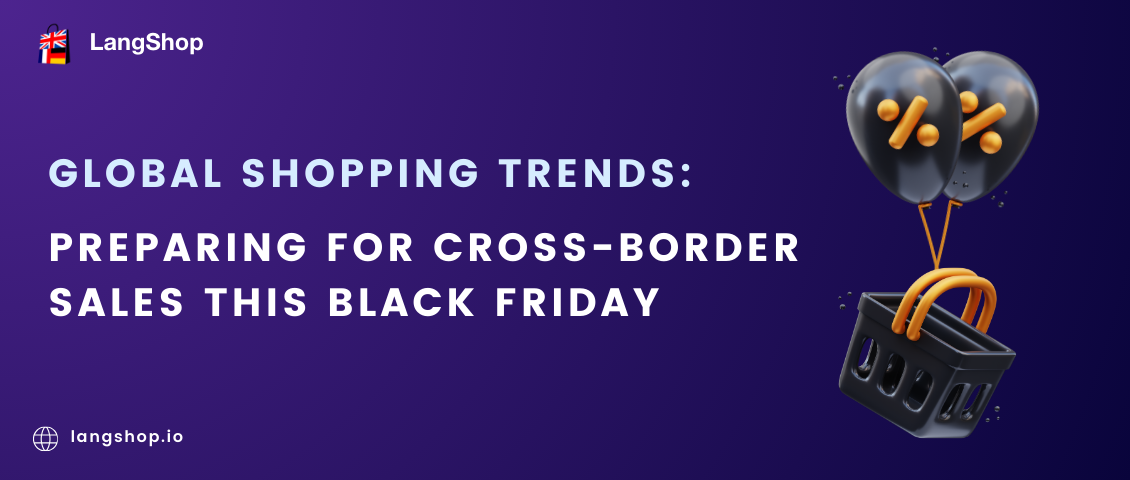Shopify is one of the most popular platforms for maintaining an online business. It helps to simplify the running of retail stores. The success of each e-business is the growth of traffic, visits, and, consequently, an increase in conversion. Moreover, you, as a shop owner, can achieve all these points by correct SEO optimization.
In this article, we will cover key tips that help your Shopify store get to the top of search results.
What is Shopify SEO?
Shopify provides the default SEO immediately after creating a new store. However, this SEO is no better than provided by others CMS. You will need additional optimization actions.
Shop Optimization
SSL
Google or other search engines prefers secured over non-secure websites in search results. Moreover, internet browsers always show you an alert message when you try to open non-secure websites and exacerbate the trust of the visitors to their affected websites. Therefore, it makes sense that you should be sure that your shop is protected and has an SSL certificate.
However, the SLL certification is already a part of the Shopify subscription. Shop owners can activate this service in their Shopify dashboard. A few actions and the shop is secured.
URLs
It is recommended to use short and simple URLs for the users` convenience and better reading by search engine bots. It is also included in the list of Google recommendations for optimization. And, Shopify has less flexibility in this case, but you can change the last part of your shop URL.
However, something can still be done. The first thing that you should pay attention to, is a permanent domain. Due to them, users and bots can simply find your shop.
There are existing 4 types of addresses:
- http://yourshopifystore.com
- http://www.yourshopifystore.com
- https://yourshopifystore.com
- https://www.yourshopifystore.com
When you pick up the one URL, the next step is setting up the redirection from an incorrect address to correct.
Also, category, product, and page URLs also must be readable and understandable for both visitors and search engines. If it consists of a random combination of letters and numbers, it’s the wrong way.
In the event that there are plans to create a multilingual store, the correct URLs for each language version should be taken into account. It can be done manually via the Shopify dashboard. However, some translation solutions, for example, LangShop, offers ready-made mechanisms for creating different URLs in accordance with the language.
Shop structure
The simple and logical shop structure makes it easier for users to navigate your content. And the search engines also pay attention to human-understandable structure. The simplest the structure, the better rate the shop will get.
You should create a strict hierarchy. Usually, the most understandable structure looks like this: home page – category – sub-category – product.
Site Speed
Another important criterion by which search engines filter sites is loading speed. Shopify’s servers limit your options for improving page speed. However, some minor improvements you can make yourself.
- Pay attention to a Shopify theme speed. Most themes in Shopify Store are already optimized and work fast, but if you use a custom theme the situation can be different.
- Use compressed images.
- Do not install unnecessary apps. The more apps are installed, the more code you need to download. And naturally, this will have a bad effect on speed.
Responsive Design
It means that your store will work and look well on any device (smartphones, tablets, laptops, etc) and any operating system. This approach will significantly enhance the experience of your customers and maximize visitor presence on your website.
Since Google considers time-to-page as a merit marker for a site, it will maximize the ranks of an easy-to-read site. Meanwhile, increased reviews and accessibility contribute to guests repeating and increasing conversions. Nice material for an e-commerce website.
Links
Besides other information, search engines determine the size of your community. And the more community there is, the more it increases shop credibility and trustworthiness.
Supplier/Manufacturer
If you co-work with some suppliers or manufacturers, you can ask them for your shop link publication on their resources.
Influence
Try to reach out to the leaders of the industry where you work. Try to negotiate about cross-links based on some both-sides useful content.
Linking
Monitor where your shop or product (service) is already mentioned without linking and communicate with these resources for correct linking. However, you should avoid broken links. It can decrease your rating.
Content Optimization
Meta-tags
Meta tags are important elements aimed at search engine bots. And its key feature displays what’s on this website or that to the search engine. Some meta tags, however, are also essential for ordinary users. These are “title” and “description”.
Titles
For a site relevance determination, the title information is taken into account by the search engines. The title tag is not included in the website header but is still shown in search results and in the tab title in the browser top bar.
In the title, keywords are best placed closer to the beginning of the sentence. Use phrases by which the user can search for information on the page.
Moreover, all keywords in the title must be unique, with no repetitions. If nevertheless, repetitions cannot be avoided, the keyword should be in a different word form.
Description
The description element – a brief page specification that highlights the website’s strategic advantages and encourages the internet users to click on certain search results.
The “description” does not explicitly impact the search engine rating of a website. The accepted definition, however, greatly enhances the CTR which can boost the search results rank of the web. The size must be up to 180 characters, and sometimes contains pictograms. Like the title, the description must contain keywords and verbs encouraging action.
Unique Content
Content uniqueness is one of the basic criteria by which search engines evaluate the quality of content. Search engines recommend publishing only original articles and images to them for high-quality SEO website promotion. Sites with unique content are usually ranked higher in search results, but there are exceptions.
Target Keywords
Target keywords are not just a piece of text that appears in the text on a page. Keywords can largely affect the promotion strategy and help search engines to show your store.
Keywords reveal real tasks, goals, and problems of people, help to understand exactly how potential customers find the site, which queries are more effective, and which ones will be a waste of time.
There are 2 common ways of keywords selecting:
- Statistic analysis – you should analyze search engine tips and search statistics, and use analytics to choose the appropriate ones depending on the field of activity. Then filter, select again, and so on until you get about 1000 real keywords.
- Analysis of competitors’ sites – Sites of competitors with open statistics are analyzed for conversions to them by search queries. The information found will help you pick up missing keyword phrases and discard unnecessary ones.
Image Description
Each image on your store should have alt text. Since search engine bots cannot see images, they need to “tell” what is on this or that image. Also, you can add the long-tail keyword to your alt text that will help the search engines link images on your store with certain thematic. In addition to search engines, two factors make the alt text necessary. These are screen readers for visually impaired customers and the case when the image downloading failed.
Blogging
“Native” Blog
Built-in blog functionality is supported in your Shopify shop. Blogging is a great way to increase your customers, exposure, and sales for the organic industry.
Daily posts are recommended because:
- Search engines prefer to direct consumers to often updated websites.
- Handy material helps visitors to your shop. Search engines would like to send users to sites that help to solve their questions.
Social Media
Thanks to social media, you can form a direct link with your customers. You should link the shop with several social media accounts that allow you to promote your activities while improving customer relations. Note that social networks can also be used to follow up on customer complaints.
And, in the modern world, customer service is almost becoming a selling point, potential customers can even test your ability to respond to requests before they even move on to purchasing your products and/or services. Customer service is therefore a way of optimizing its presence on the web and increasing its confidence rating.
